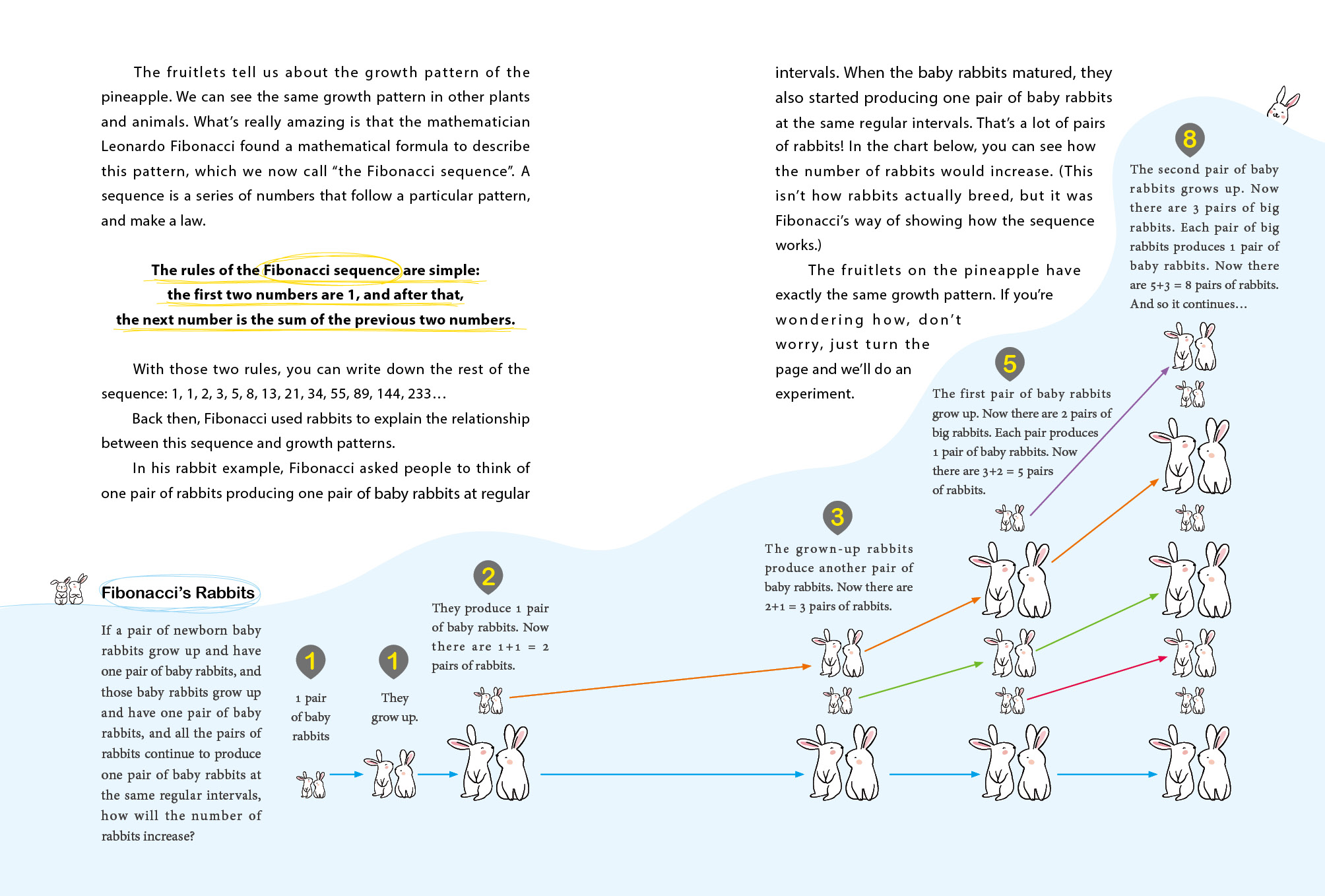Read previous part: https://booksfromtaiwan.tw/latest_info.php?id=222
Book-length Publications: Cambria and Honford Star
2020 saw the new era for the English translation of Indigenous Taiwanese literary works published in the Anglophone world. Sorceress Diguwan 笛鸛, a book-length novel written by the Puyuma writer Badai, had already been translated and published in 2013, but by Serenity International, a local publisher established by Taiwanese translator and bilingual writer C. J. Anderson-Wu 吳介禎. (It should also be noted that, in January 2021, Serenity International published My Dear Ak’i, Please Don t Be Upset 親愛的Ak’i,請您不要生氣, the autobiography of the Tsou writer Faisu Mukunana. For the first time, a book-length work by a female Indigenous Taiwan writer has been fully translated and published.) In March 2020, the Bunun writer Husluman Vava’s canonical novel The Soul of Jade Mountain 玉山魂 (translated by Terrence Russell) was published by Cambria, an academic publisher based in Amherst, New York, as a part of its newly founded Taiwan Literature series. It’s worthwhile to mention that this series also contains A Son of Taiwan: Stories of Government Atrocity, a volume edited by renowned scholars Howard Goldblatt and Sylvia Li-chun Lin 林麗君, with three stories selected from Walis Nokan’s story collection Cruelty of the City 城市殘酷, which mainly deals with the traumatized experiences of the Indigenous people in Taiwan during its White Terror period. In July of the same year, Honford Star, a publisher based nearby Manchester and specialized in introducing East Asian literature, published Hunter School 山豬.飛鼠.撒可努 by the Paiwan writer Sakinu Ahronglong. The translator Darryl Sterk, like Terrence Russell, is a Canadian translator-cum-scholar who dedicates himself to researching, translating, and promoting Taiwan’s Indigenous culture and literature. Sakinu’s story-like essays informs readers of a rich, but vanishing, culture of his ethnic community, which has been passed down from generation to generation. In a way, Hunter School is also a work about father-son relationship, eco-criticism, and animal ethics of the Paiwan people.
Two Features in the Past
From the observations above, we know that there have been two key features of the English translations of Taiwan’s Indigenous literary works. First, it’s an endeavor mainly pursued by scholars. Just as there are John Balcom in the US and Terrence Russell and Darryl Sterk from Canada, there are Shimomura Sakujirou 下村作次郎 in Japan and Gwennaël Gaffric in France. They all go to extra lengths to do their jobs. This is a field of translation which requires translators to have enough capacity and passion for diving into the rich history and culture of the Indigenous peoples of Taiwan. Second, in order to keep this type of translation activity alive, government sponsorship has been, and will be, very much needed. For example, the translations of The Soul of Jade Mountain and Hunter School are supported financially by National Museum of Taiwan Literature (in Tainan) and Taiwan’s Ministry of Culture respectively.
Look forward to the Future
However, literature changes as time goes by, so does the translation of literature. Therefore, recent years have seen the publication of English translations of works about Indigenous people but written by non-Indigenous writers. For example, Remains of Life 餘生, an utterly experimental novel written by Wuhe 舞鶴 and translated by Michael Berry, a UCLA professor, was published in 2017. It’s a work about the Musha Incident in 1930, a brutal bloodshed which heavily devastated both the Japanese colonizers and the Seediq people living in the mountains in central Taiwan. Also, Puppet Flower: A Novel of 1867 Formosa 傀儡花 was published in April this year (2023). After years of research, novelist Chen Yao-chang, a retired professor of the National University Hospital, has accomplished this grand feat of rewriting the events after the Rover Incident into a historical novel. Puppet Flower involves not only historical personae such as Charles Le Gendre (an American consul who traveled to Taiwan eight times from Amoy, in a span of just a few years), William A. Pickering (an English adventurer who spent a decade of his career in Taiwan), Bunkiet 潘文杰 (who would later become the chief of the Seqalu people), but also some fictional “mixed blood” characters, like the female protagonist Butterfly 蝶妹, the offspring of a Hakka father and a mother who had been a Seqalu noble in her previous life. These two works contain more cosmopolitan themes, showing that Indigenous Taiwan is not only about the Indigenous peoples of Taiwan but also about the world at large. This, in my opinion, will probably create more interest for English-speaking readers to get to know Taiwan.








